CTBTO on-site inspection simulation completes first phase
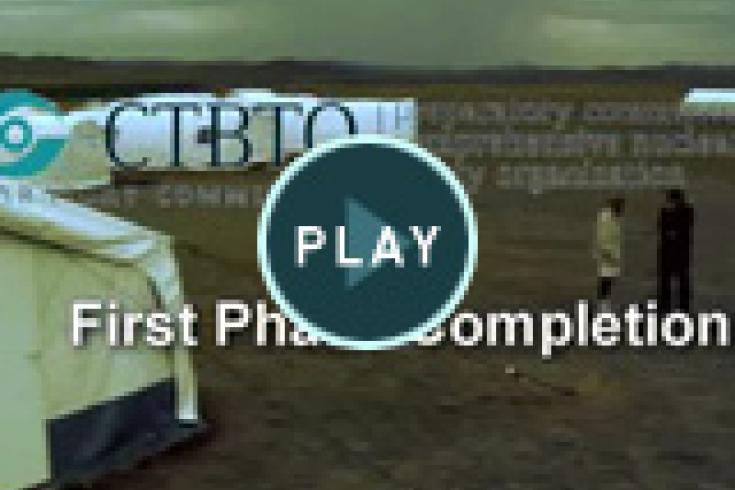
The first phase: Techniques used in the field
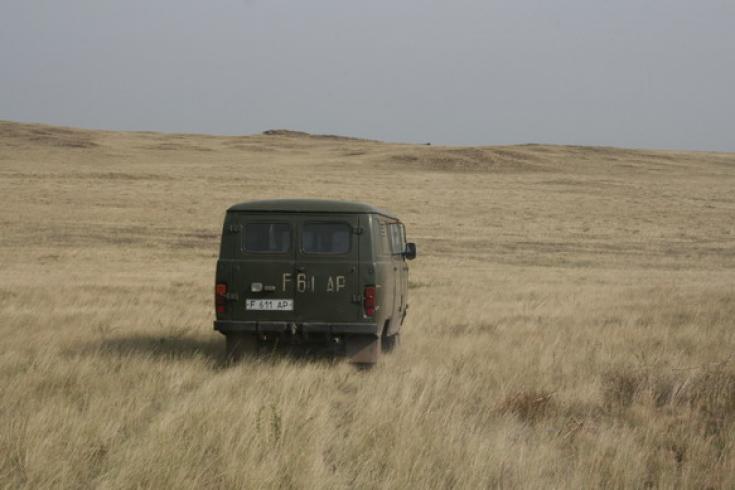
In the absence of any tracks, the Russian UAZ vans drive across the grassland.
Settling into the daily routine
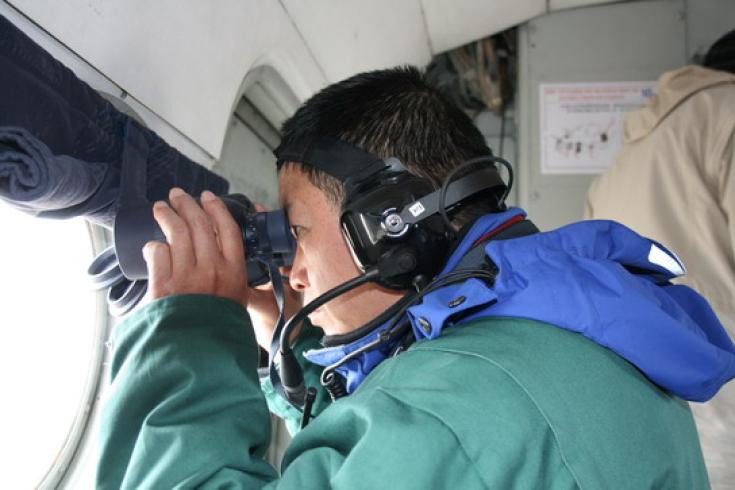
Inspector using binoculars to look for anomalies on the ground.
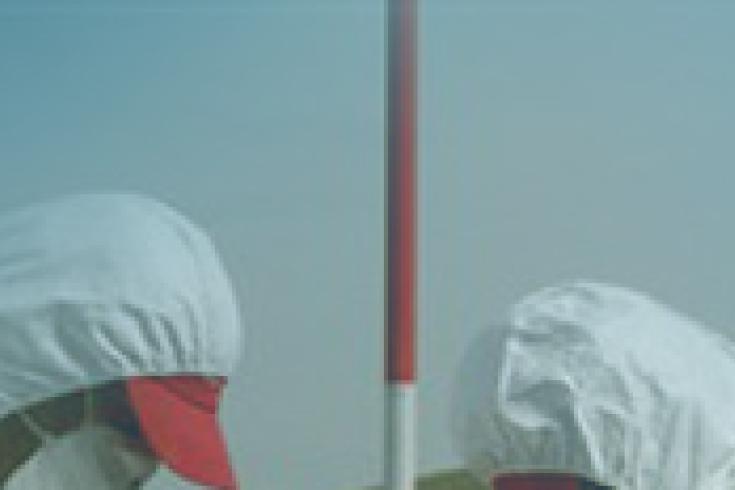
Inspectors went out every day to implement inspection techniques defined by the Comprehensive Nuclear-Test-Ban Treaty (CTBT) and detailed in the OSI operational manual. During the initial period of the inspections they performed visual observation, seismic aftershock measurements and gamma radiation monitoring.

Inspectors and representatives of the inspected State Party discuss the flight plan ahead of the initial overflight.
Getting an overview of the inspection area
Surveying the terrain from the air
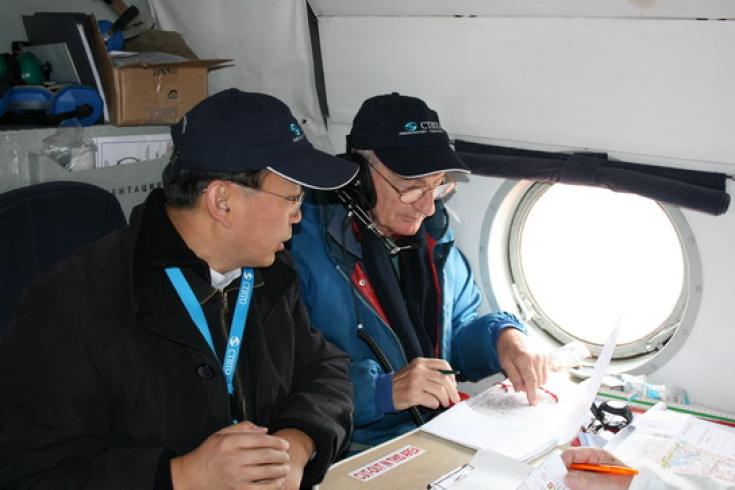
Representatives of the inspected State Party observe every move during the overflight.
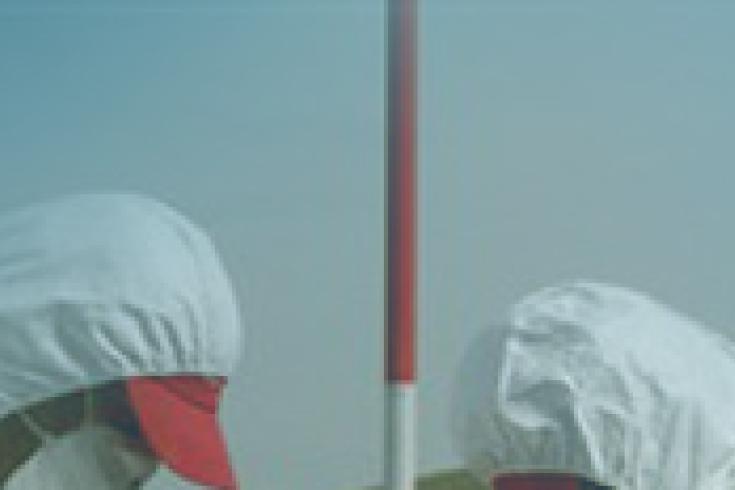
Hundreds of photographs taken
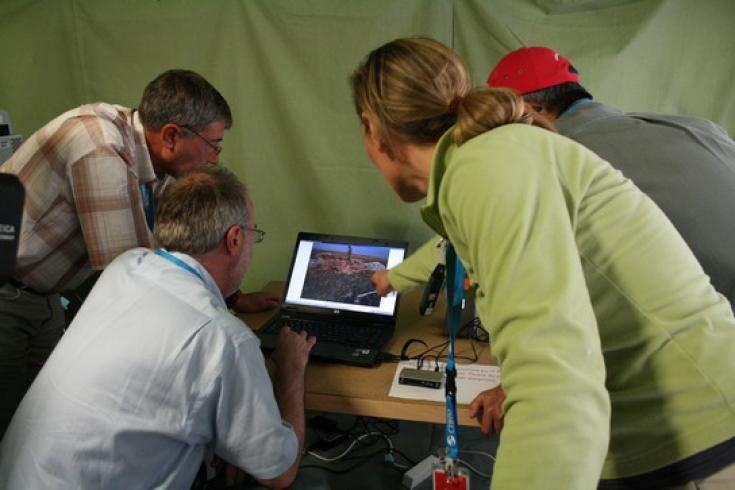
Photos taken during the helicopter overflight and during field trips within the inspection area are reviewed jointly by inspectors and representatives of the inspected State Party.
Seismic network deployed to detect possible aftershocks
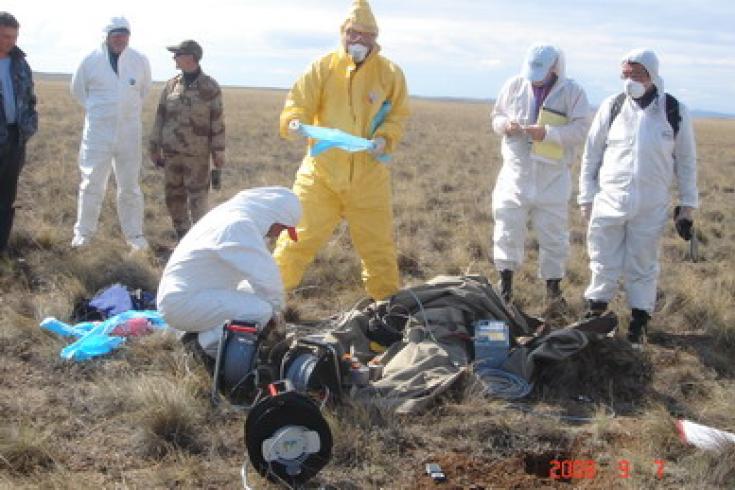
Deployment of a seismic aftershock measurement station.
Searching for unusual gamma radiation
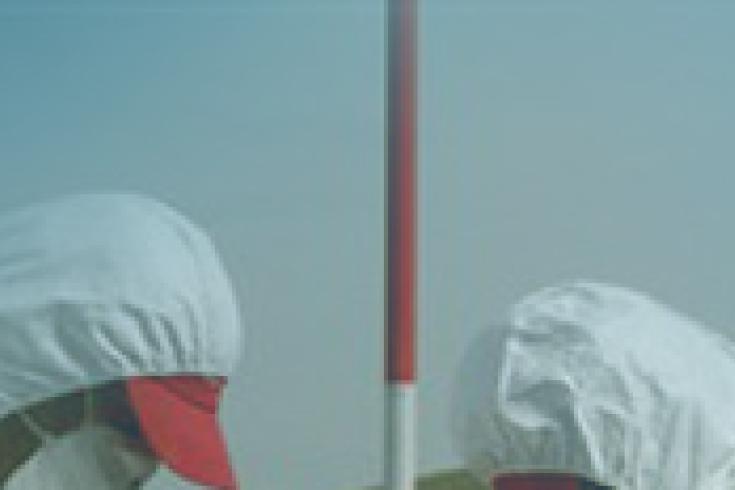
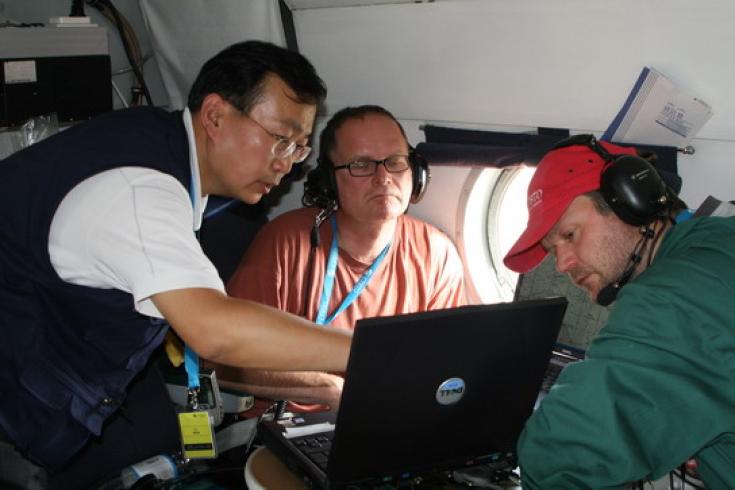
Radiation monitoring results are reviewed on a computer screen during the overflight.
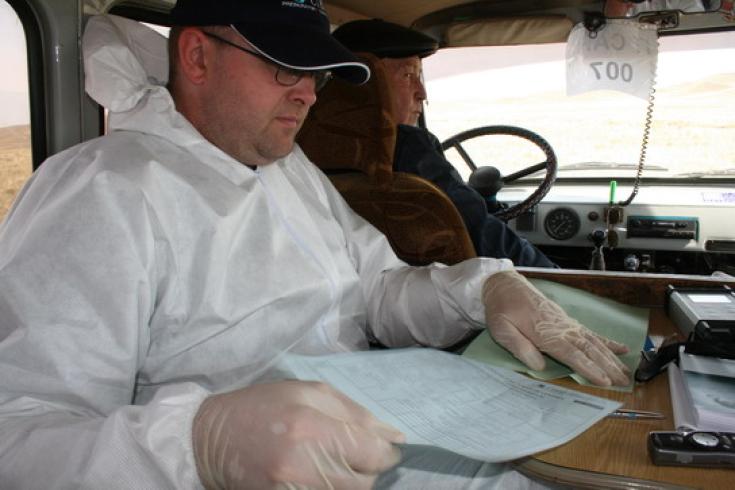
Inspectors prepare paperwork for the handover of the soil samples to the field laboratory and the inspected State Party.
Health and safety come first
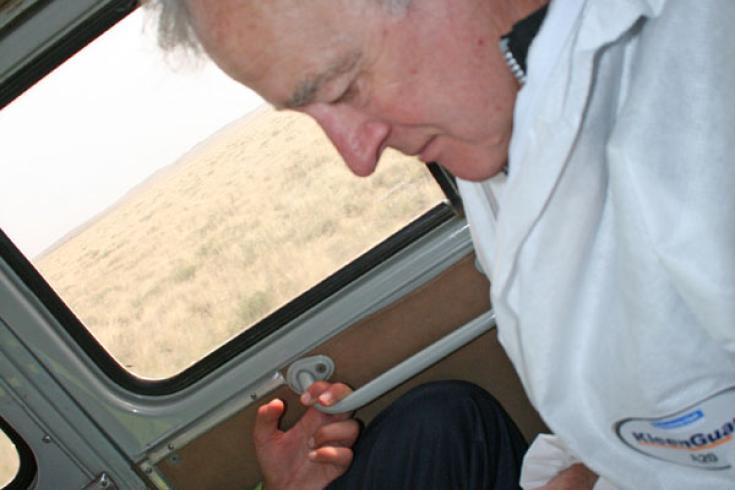
Radiation monitoring expert Malcolm Cooper measures radiation levels during a field trip.
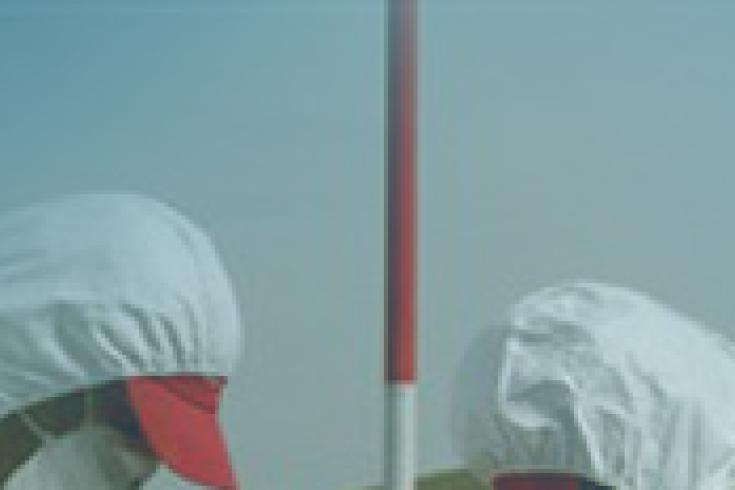
Stringent measures to protect against radiation contamination

Inspector dismantles the gamma radiation detector that was mounted to the floor of the helicopter and connected to computer software.
Complementary Techniques
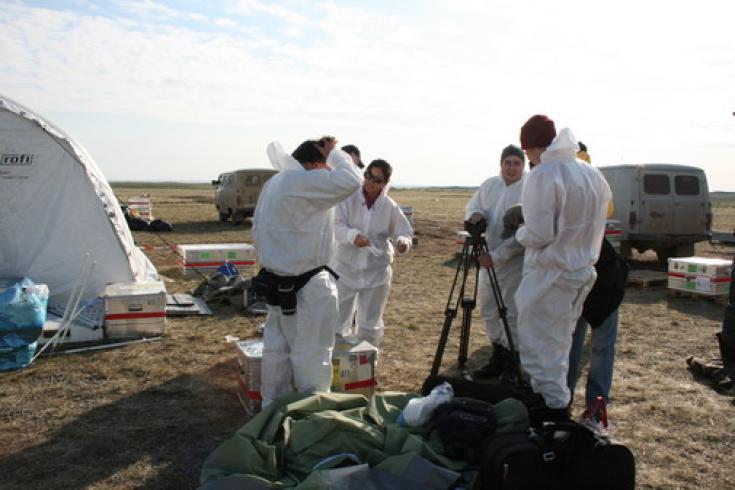
Before going to the field everyone has to put on protective gear.
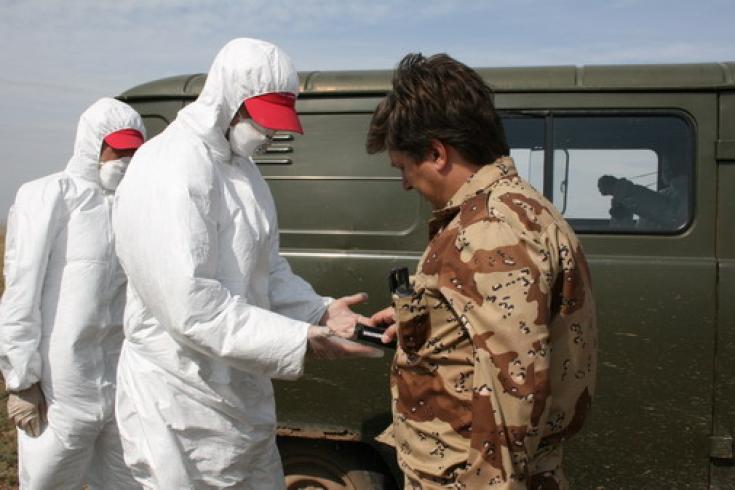
Before returning to the camp, inspectors are examined for possible contamination.
18 Sep 2008
